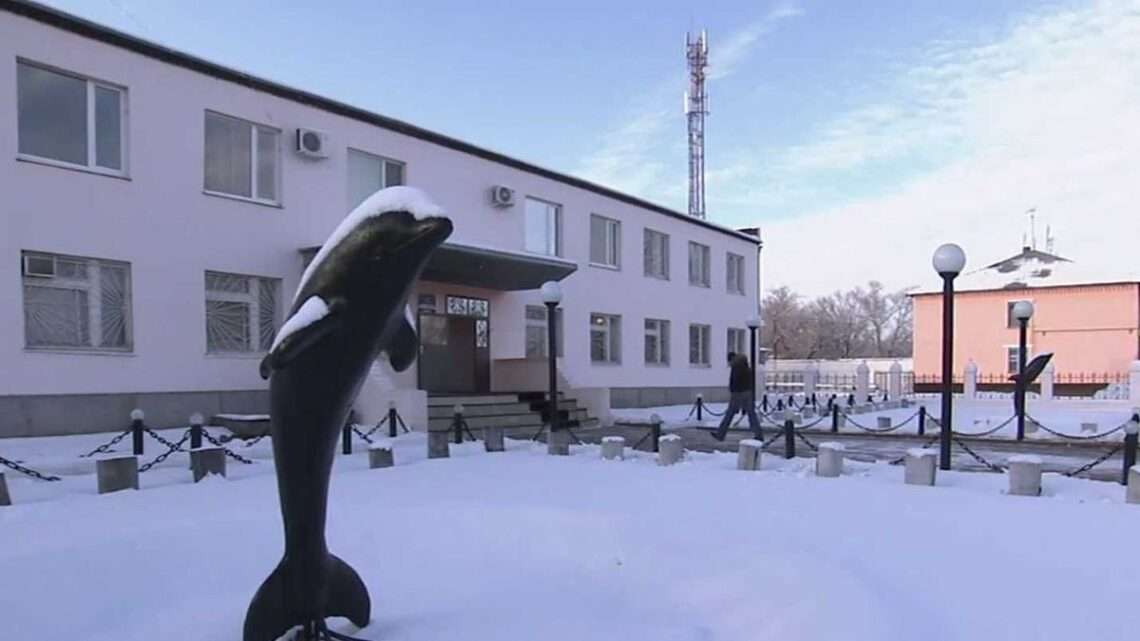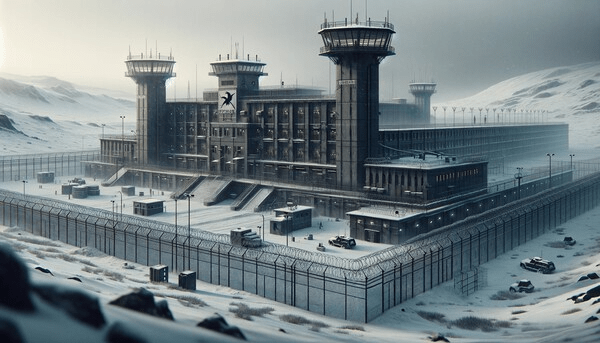
Inside Russia’s Infamous Black Dolphin Prison
Located in Russia’s Orenburg Oblast, near the Kazakhstan border, Black Dolphin Prison—officially Penal Colony No. 6—represents one of the nation’s strictest penal philosophies. Nicknamed for a dolphin sculpture crafted by inmates, Black Dolphin is notorious for housing Russia’s most dangerous criminals, from serial killers to terrorists, and is often seen as a near-impossible place to escape.
Black Dolphin operates on a rigorous isolation system: inmates live in “cells within cells,” with further restrictions imposed even within these small spaces. Each cell, no bigger than a parking space, is shared by two inmates under constant surveillance. The regime enforces harsh rules—prisoners are prohibited from sitting or lying down outside designated hours, must remain standing for much of the day, and endure checks by guards every 15 minutes. Meals are provided within the cell, eliminating any communal interaction, and exercise is limited to pacing in another confined space, reinforcing isolation.
Trending Now!!:

With fortress-like security, Black Dolphin’s escape-proof reputation was shaken only once, in 2016, when a prisoner named Aleksandr Aleksandrov escaped in an unprecedented breach. While it revealed vulnerabilities, the escape ultimately highlighted the extreme security protocols, as it required a unique set of conditions to occur.
Life inside Black Dolphin is a constant punishment. Prisoners, typically aware of the severity of their crimes, often appear resigned to their fate. Rules are enforced with military precision; even moving from one cell to another requires inmates to be bent at the waist and handcuffed to maximise control. The prison, beyond incarceration, serves as a reflection of Russia’s response to extreme criminality. While critics argue that its conditions may violate human rights, others believe such punishment is fitting for individuals society considers irredeemable.
Through accounts and the grim reputation that precedes it, Black Dolphin emerges as a place where punishment matches crime, creating an isolated world that starkly contrasts with the society it aims to protect. The prison prompts broader questions on justice, rehabilitation, and human rights in dealing with society’s most severe offences.


